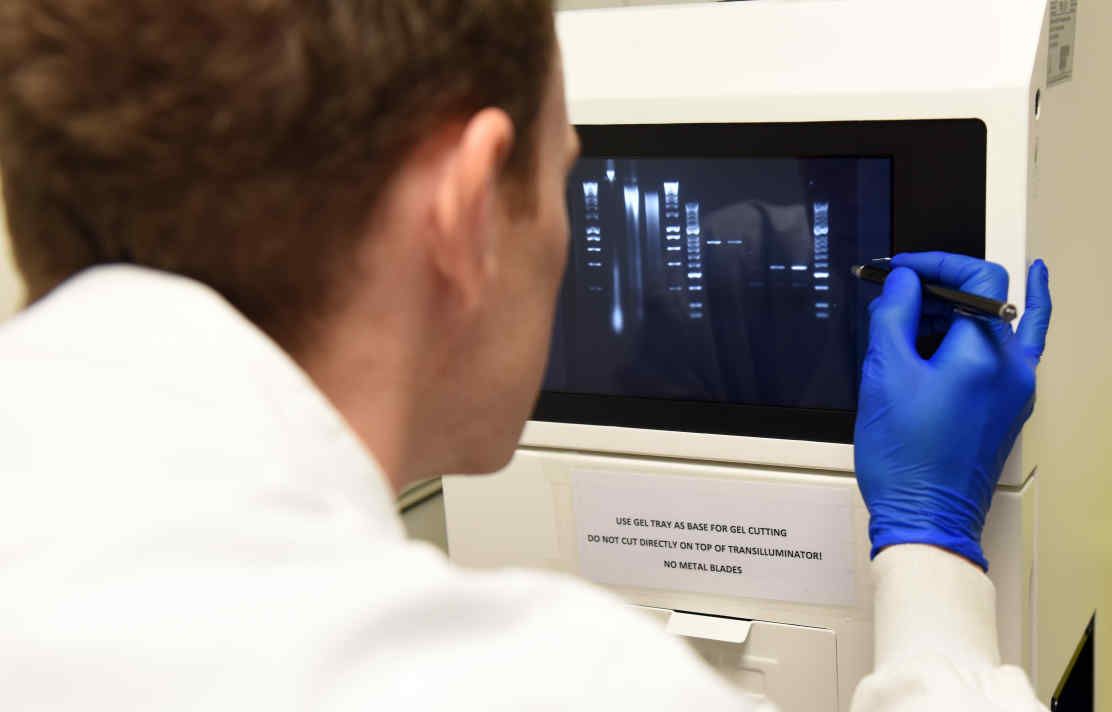BibTex format
@article{Amaral:2015:10.1016/j.jaci.2015.09.037,
author = {Amaral, AFS and Newson, RB and Abramson, MJ and Anto, JM and Bono, R and Corsico, AG and de, Marco R and Demoly, P and Forsberg, B and Gislason, T and Heinrich, J and Huerta, I and Janson, C and Jogi, R and Kim, JL and Maldonado, J and Martinez-Moratalla, Rovira J and Neukirch, C and Nowak, D and Pin, I and Probst-Hensch, N and Raherison-Semjen, C and Svanes, C and Urrutia, Landa I and van, Ree R and Versteeg, SA and Weyler, J and Zock, JP and Burney, PGJ and Jarvis, DL},
doi = {10.1016/j.jaci.2015.09.037},
journal = {Journal of Allergy and Clinical Immunology},
pages = {1788--1795.e9},
title = {Changes in IgE sensitization and total IgE levels over 20 years of follow-up},
url = {http://dx.doi.org/10.1016/j.jaci.2015.09.037},
volume = {137},
year = {2015}
}
RIS format (EndNote, RefMan)
TY - JOUR
AB - Background: Cross-sectional studies have reported a lower prevalence of sensitisation in older adults, but few longitudinal studies have examined whether this is an aging or a year-of birth cohort effect. Objective: To assess changes in sensitisation and total IgE in a cohort of European adults as they aged over a 20-year period.Methods: Serum specific IgE to common aeroallergens (house dust mite, cat, grass) and total IgE were measured in 3206 adults, from 25 centres in the European Community Respiratory Health Survey, on three occasions over 20 years. Changes in sensitisation and total IgE were analysed by regression analysis, corrected for potential differences in laboratory equipment, and using inverse sampling-probability weights to account for non-response.Results: Over the 20-year follow-up, the prevalence of sensitisation to at least one of the three allergens fell from 29.4% to 24.8% (-4.6%, 95%CI: -7.0% to -2.1%). The prevalence of sensitisation to house dust mite (-4.3%, 95%CI: -6.0% to -2.6%) and cat (-2.1%, 95%CI: - 3.6% to -0.7%) fell more than sensitisation to grass (-0.6%, 95%CI: -2.5% to 1.3%). Age specific prevalence of sensitisation to house dust mite and cat did not differ between year-of birth cohorts, but sensitisation to grass was most prevalent in the most recent ones. Overall, total IgE fell significantly (geometric mean ratio: 0.63, 95%CI 0.58 to 0.68), at all ages, in all year-of-birth cohorts.Conclusion: Aging was associated with lower levels of sensitisation, especially to house dust mite and cat, after the age of 20.
AU - Amaral,AFS
AU - Newson,RB
AU - Abramson,MJ
AU - Anto,JM
AU - Bono,R
AU - Corsico,AG
AU - de,Marco R
AU - Demoly,P
AU - Forsberg,B
AU - Gislason,T
AU - Heinrich,J
AU - Huerta,I
AU - Janson,C
AU - Jogi,R
AU - Kim,JL
AU - Maldonado,J
AU - Martinez-Moratalla,Rovira J
AU - Neukirch,C
AU - Nowak,D
AU - Pin,I
AU - Probst-Hensch,N
AU - Raherison-Semjen,C
AU - Svanes,C
AU - Urrutia,Landa I
AU - van,Ree R
AU - Versteeg,SA
AU - Weyler,J
AU - Zock,JP
AU - Burney,PGJ
AU - Jarvis,DL
DO - 10.1016/j.jaci.2015.09.037
EP - 1795
PY - 2015///
SN - 1097-6825
SP - 1788
TI - Changes in IgE sensitization and total IgE levels over 20 years of follow-up
T2 - Journal of Allergy and Clinical Immunology
UR - http://dx.doi.org/10.1016/j.jaci.2015.09.037
UR - http://hdl.handle.net/10044/1/27668
VL - 137
ER -
